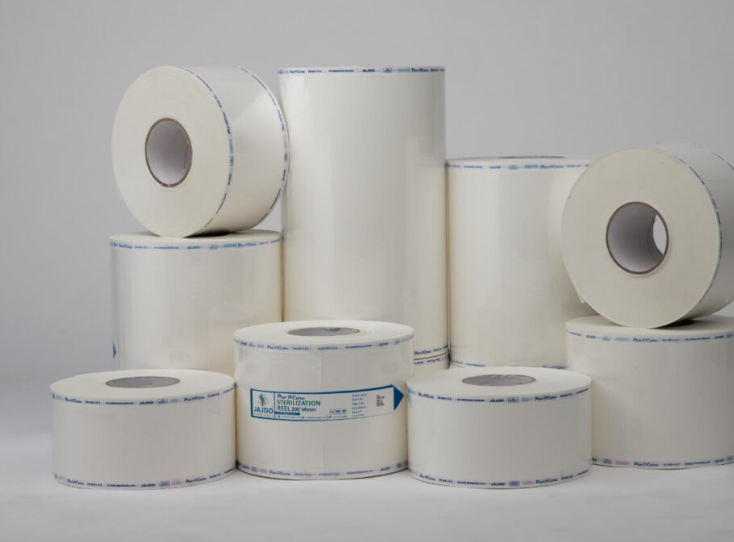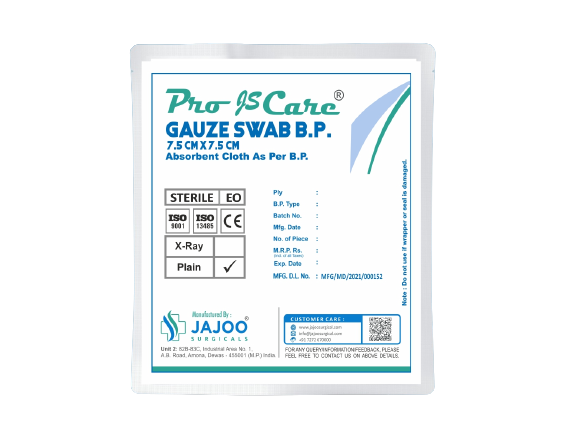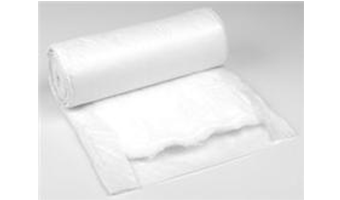Ever pulled off a bandage and cringed at the pain? That sharp tug, the red skin, sometimes worse than the wound itself.
There are a lot of different types of medical tape and surgical tape. It can be confusing to know which one to choose.
That’s where micropore surgical tape changes the game.
This lightweight, breathable tape is a must-have in every first aid kit, hospital trolley, and surgical setup.
But what makes it different from other tapes? Why do professionals swear by it?
Let’s break it down in simple terms – what micropore surgical tape is, where to use it, and
why it’s become a staple in modern surgical dressing supplies.
What Is Micropore Surgical Tape?
Micropore surgical tape is a gentle, hypoallergenic medical tape made of non-woven rayon or paper. It’s designed to secure dressings, tubing, and gauze, without irritating sensitive skin.
Micropore Surgical Tape are adhesive tapes that are used to hold bandages and dressings in place. They are also used to secure catheters and other medical devices. Medical tape is available in a variety of materials, including paper, cloth, and plastic. Surgical tape is usually made from cloth or paper.
The word “micropore” comes from its structure. The tape has thousands of tiny pores that
allow air and moisture to pass through, helping wounds breathe and heal.
At Jajoo Surgical, we provide high-quality sterile micropore tape that’s easy to apply, sticks
well, and removes without damage.
The tape consists of a paper backing and an adhesive layer. The paper backing is typically made of crepe paper, while the adhesive layer is usually made of acrylic or rubber.
Where and How Is Micropore Surgical Tape Used?
Whether you’re treating a cut at home or dressing a post-surgical site, microporous tape for wounds offers versatility.
Common Use Cases:
- Securing gauze pads on surgical incisions
- Holding IV lines or catheters in place
- Fastening lightweight dressings on delicate or ageing skin
- Supporting wound healing in outpatient care
What makes it ideal? It adheres well but removes easily. That’s crucial in surgeries,
paediatrics, dermatology, and elder care, where skin sensitivity is high.
The tape is applied over the dressing and then wrapped around the limb or body part. Surgical tape is typically used to secure catheters and other medical devices. It is also used to close incisions and wounds.
Pro Tip:
For surgical clinics and hospitals, always stock both micropore surgical tape and standard
medical adhesive tape to handle varying dressing needs.
Key Benefits of Using Micropore Surgical Tape
Micropore tape has many advantages over other types of medical tape. It is gentle on the skin and can be removed without causing pain or damage.
1. Gentle on Skin
Skin trauma from regular tape is a real concern, especially for post-op patients and kids.
Micropore surgical tape is latex-free, hypoallergenic, and doesn’t damage skin on removal. It’s ideal for repeat dressing changes or long-term wound care.
2. Breathable and Lightweight
Thanks to its porous design, the tape allows airflow, keeping the skin dry and the wound site clean.
This reduces the risk of maceration (softening of skin due to moisture), which is common with other medical adhesive tapes.
3. Easy to Tear and Apply
You don’t need scissors. Just tear the strip with your hands, apply it to clean, dry skin, and you’re set.
This feature saves time and effort, especially in emergency care or outpatient setups.
4. Works on All Skin Types
From oily skin to post-shave or elderly skin, micropore surgical tape adheres well without
irritation. It’s a reliable pick for all patient demographics.
How Microporous Tape Stands Out from Other Medical Tapes
You’ve probably come across these tape types:
- Cloth-based medical tapes
- Plastic or waterproof adhesive tapes
- Transparent surgical tapes
Here’s how microporous tape for wounds stands apart:
- Doesn’t tug or peel off skin layers
- Reduces allergic reactions
- Allows the skin to breathe and heal faster
- Holds dressings in place for hours without discomfort
It’s especially valuable when paired with other surgical dressing supplies like gauze pads or sterilised cotton rolls.
Best Practices for Using Micropore Surgical Tape
1. Clean and Dry the Skin
Always prep the area before application. Wipe away moisture, oils, or blood for better adhesion.
2. Apply Gently, Don’t Stretch
Overstretching can cause blisters or irritation. Place the tape gently over the dressing, no pressure or tension needed.
3. Replace as Needed
Most micropore surgical tape can stay in place for up to 24 hours, but change it if:
- It becomes wet or soiled
- The dressing underneath needs to be checked
- The skin shows redness or itching
4. Store in a Cool, Dry Place
Avoid storing in high heat or humid areas. Keep rolls sealed to maintain sterility, especially for sterile micropore tape variants used in surgical settings.
Why Hospitals and Clinics Prefer Micropore Surgical Tape
Hospitals see thousands of patients weekly. They need products that are consistent, safe, and efficient.
Here’s why surgical suppliers prefer micropore tape:
- It cuts down on skin reactions and patient discomfort
- Speeds up dressing procedures with easy tear-and-stick function
- Minimises dressing-related complications post-surgery
- Works well in both emergency and routine care
As one of the trusted surgical suppliers in India, Jajoo Surgical ensures top-quality tape that meets healthcare-grade standards.
You can explore our full range of surgical dressing supplies here.
Numbers That Back It Up
- Over 70% of post-op skin reactions are caused by aggressive tape, not the dressing itself
- Using breathable micropore surgical tape lowers that risk by up to 60%
- In long-term care units, micropore tape helps reduce dressing change frequency by 30%
These aren’t just product benefits, they’re patient outcomes improved by smarter choices.
Furthermore, micropore paper tape is a medical adhesive tape that is used to secure dressings or devices to the skin. It can also be used to hold an IV catheter in place or to secure tubing. Micropore tape is gentle on the skin and can be left in place for several days.
Frequently Asked Questions
What makes micropore surgical tape different from regular medical tape?
It’s gentler, more breathable, and designed for sensitive skin.
Can I use microporous tape for everyday cuts or wounds?
Yes. It’s perfect for at-home care, especially for delicate skin or frequent dressing changes.
Is micropore surgical tape waterproof?
Not entirely. It can handle light moisture but isn’t designed for full water exposure.
Does it leave adhesive residue?
Minimal to none. It’s made to peel off cleanly, even after hours of wear.
Where can I buy medical-grade micropore surgical tape?
Visit Jajoo Surgical for certified options trusted by professionals.
Make the Switch to Smarter Wound Care
If you’re still using harsh adhesive tape, it’s time for an upgrade.
- Choose micropore surgical tape for safe, pain-free dressing.
- Keep a roll in every first aid kit, hospital drwer, and surgical tray.
- Use it with confidence across all age groups and procedures.
Explore our complete surgical tape collection. Need help selecting the right size or variant? Contact our team for expert guidance
Better healing starts with better choices. Make yours with Jajoo Surgical.







